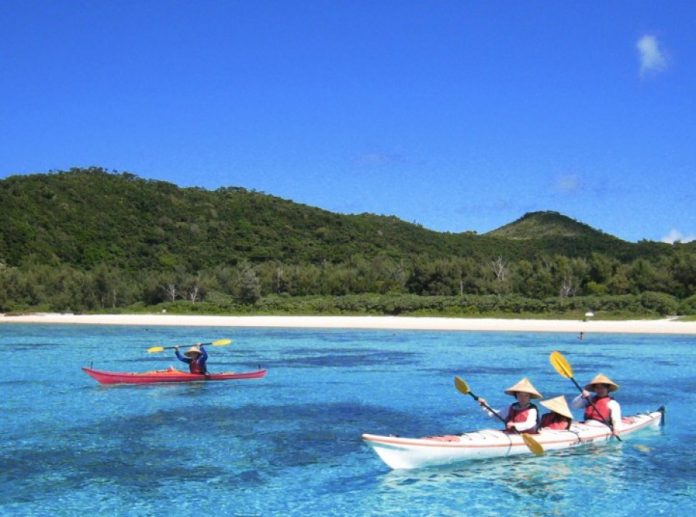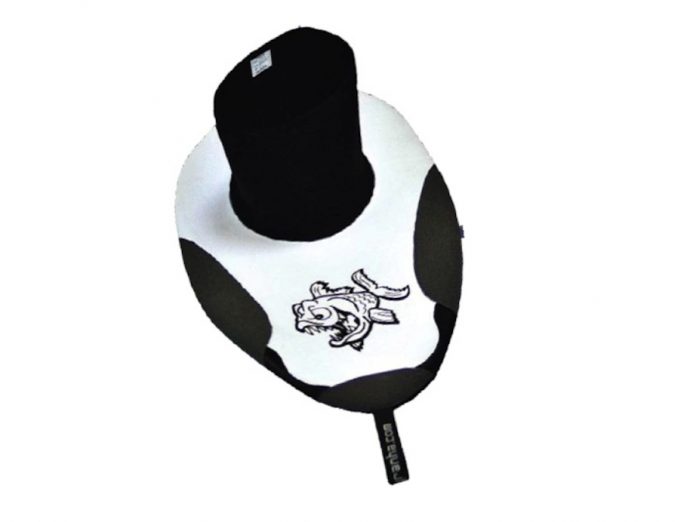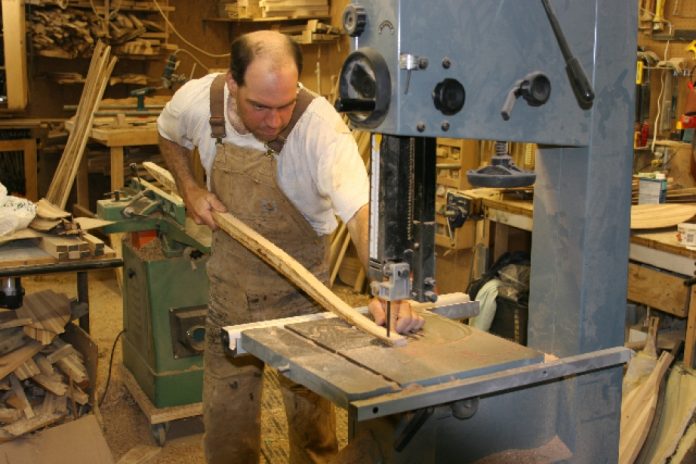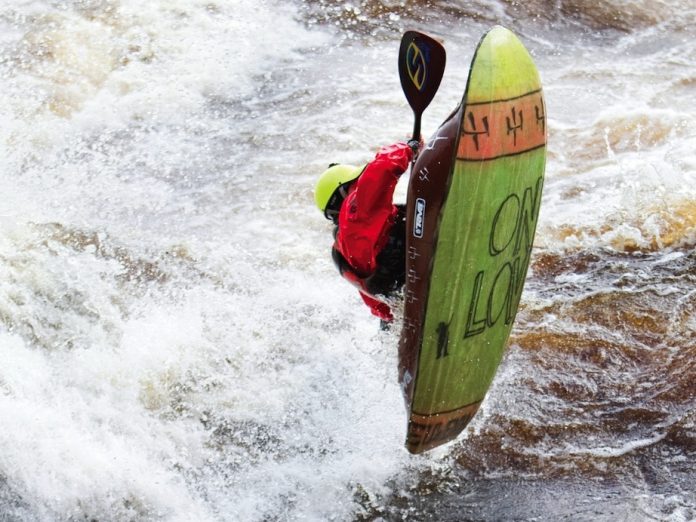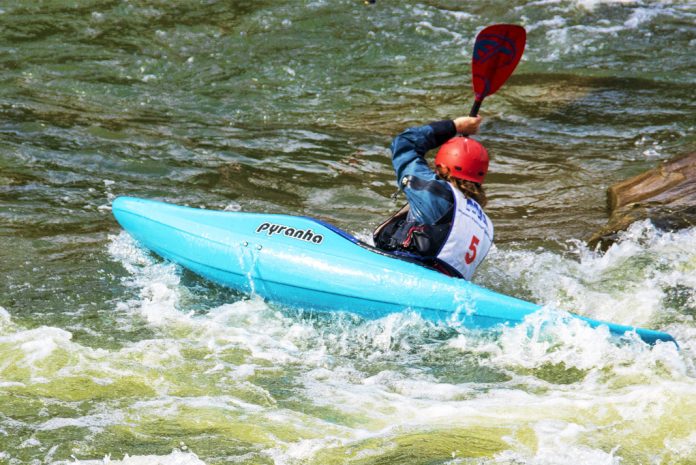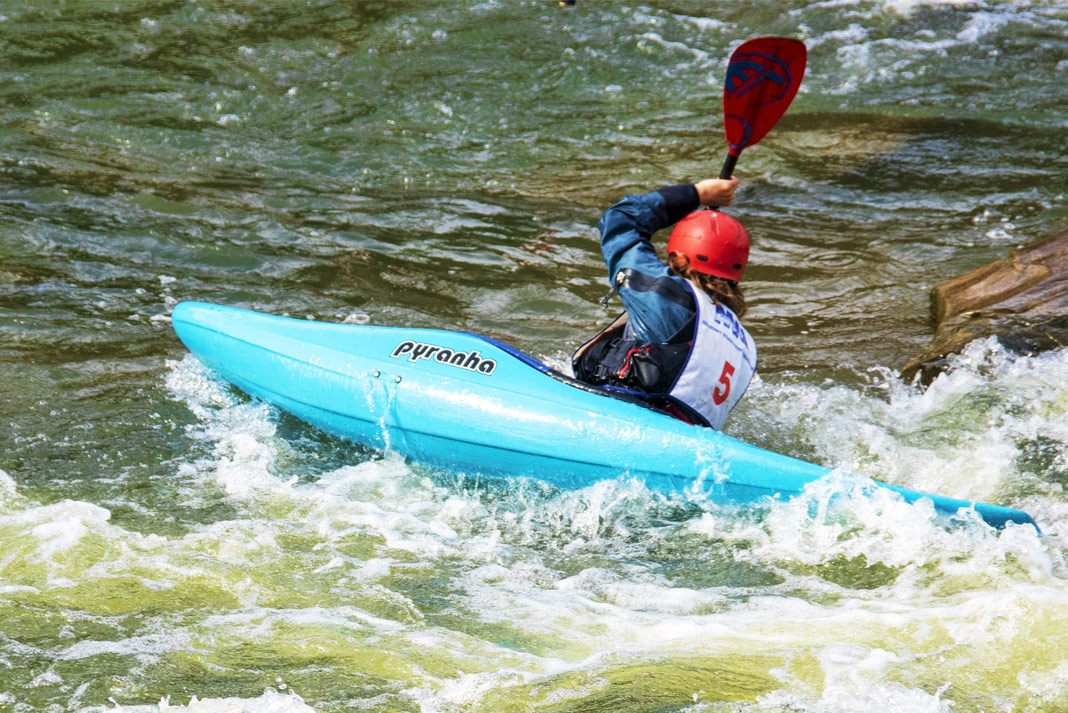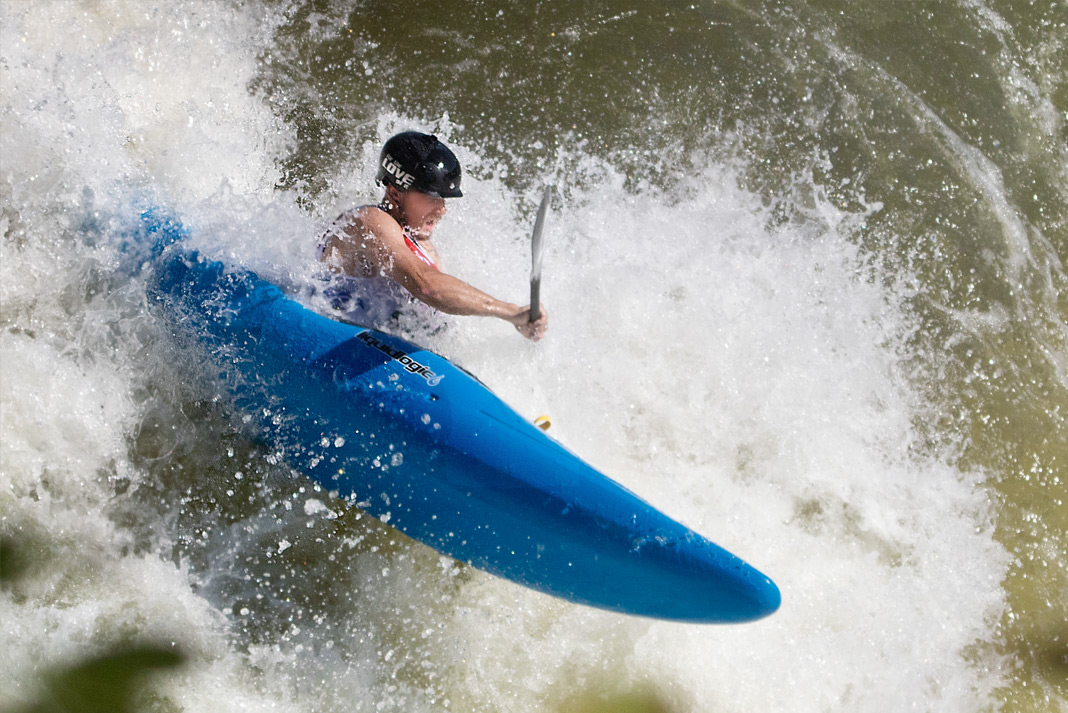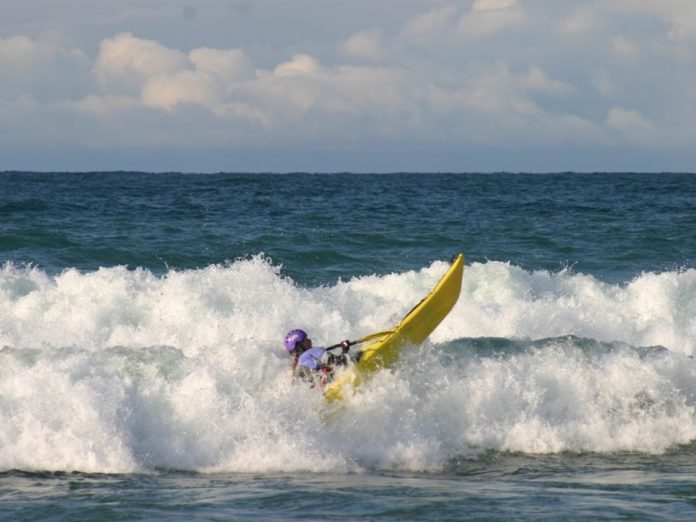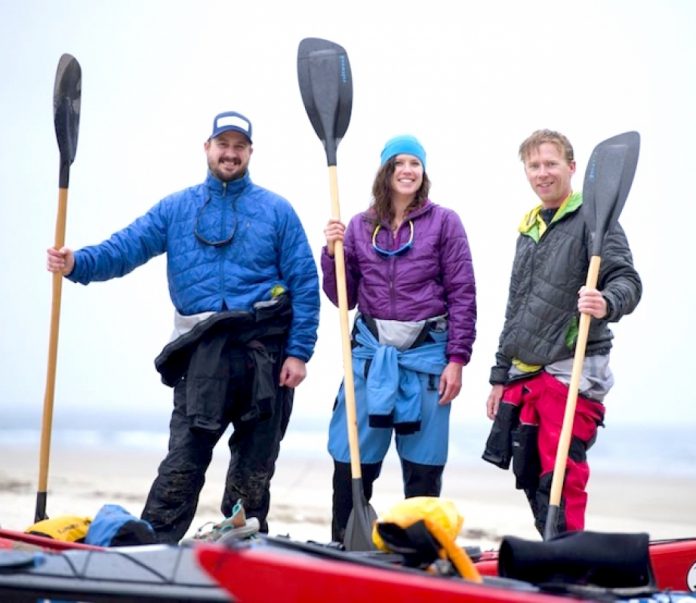What’s the story behind the dent in your yoke? The scratch or crack in your paddle? Paddle maker, Andy Convery, wants to know.
His new project, Paddle Sea to Sea, is a collection of paddling-related stories and objects from across the nation that will showcase the secret, on-the-water lives of canoeists. The objects will be used to make an assembled, larger-than-life paddle that will tour the country.
“I’m collecting paddling objects imbued with stories—your broken paddle, a piece of thwart or yoke that has a story behind it—any of it,” says Convery.
Still in the collection stage of the project and due to start building this summer, the Ontario-based paddler and owner of Echo Paddles says that the final look of the piece still remains open-ended. That’s part of the beauty, he says. “It’s not my story, it the stories of paddlers and the people that I’m sharing, so I’m not dictating what it will look like at this point.”
So far the objects that Convery has received are varied, everything from photographs with stories attached, a broken gunnel piece to old tripping pants and original mockups for Bob Henderson’s Every Trail Has A Story. “As a woodworker, I was envisioning a lot of wooden objects—some of the stuff that’s been coming in, it’s really interesting to imagine how to incorporate it.”
Though Convery will use only parts of the objects he receives “so it won’t become a monster,” he does envision the assembled paddle being larger than life.
Inspiration for Paddle Sea to Sea came from New Brunswick artist Tyler Aspin’s mid-90s art piece, The Canada Tree. When a majestic red oak was cut down, Apsin used the stump to form the base of his project. Wanting to build a sculpture of a tree from many different wooden objects, he called for submissions from across the country. Blending red cedar, walnut, oak and pine, he set out to tell the story of a nation. Weighing 10,000 pounds and standing at 35-feet high, The Canada Tree is made up of thousands of objects.
Imitation is the best form of flattery, agrees Convery. “As paddle maker, I just love the concept, that we can generate those paddling stories, then tell those stories.”
Convery’s company, Echo Paddles, is well known for their high-end wood construction of both whitewater and flatwater paddles. Convery founded the company in 1998 because “Canada needed a Mitchell and we didn’t have one.”
The environmentally-conscious Convery started out by reusing wooden objects, including old hockey sticks and wooden boards. Today, Echo paddles are made from sustainably harvested wood. Echo Paddle also offers paddle-making workshops for solid wood and laminate paddles.
Want to contribute to the story? Send your object to Andy Convery at 111 James Street, Kingston, ON, Canada. K7K 1Z5. www.echopaddles.com.
This story first appeared in Rapid Media’s April Paddling This Month online magazine. Download our free iPad/iPhone/iPod Touch App or Android App or read it here.



